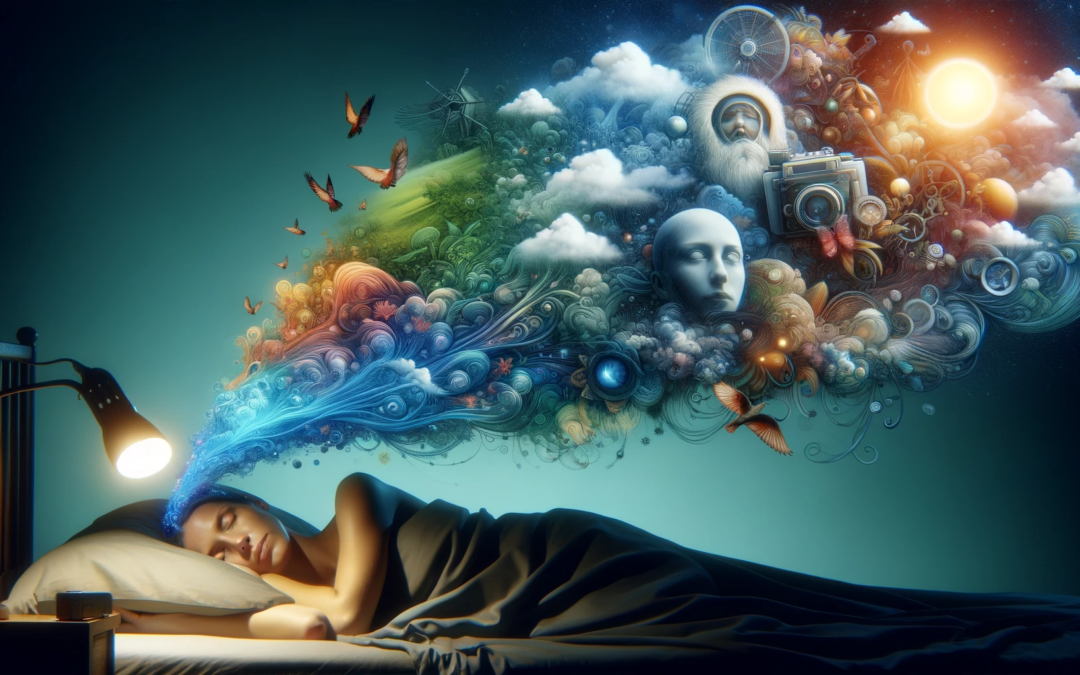In a world perennially fascinated by the enigmatic theatre of dreams, a groundbreaking development has emerged from Japan, promising to transform our understanding of the subconscious mind. Japanese researchers have recently unveiled a device with the extraordinary capability to record and replay human dreams. This technological marvel, seemingly straight out of a science fiction novel, heralds a new era in neuroscience and psychology, offering unprecedented insights into the elusive realm of dreams.
The Genesis of the Dream Recorder
The journey to this astonishing invention began at the intersection of advanced neuroscience and cutting-edge AI technology. Utilizing a sophisticated array of neural sensors and machine learning algorithms, the Japanese team devised a method to capture the electrical activity of the brain during the REM (Rapid Eye Movement) phase of sleep – the stage most commonly associated with vivid dreaming. By decoding these signals, the device can reconstruct the visual and auditory elements of the dreamer’s experience.
How the Device Works
The dream recording device operates on the principle of neural decoding. When a person dreams, their brain generates specific patterns of activity. These patterns, though incredibly complex, have a structure that can be analyzed and interpreted. The device uses an array of sensors to monitor brain activity, focusing on areas involved in visual processing and memory. AI algorithms then translate these signals into images and sounds, effectively reconstructing the dream sequence.
Ethical and Privacy Considerations
This technological breakthrough raises significant ethical and privacy concerns. The ability to record and replay dreams – the most private and personal experiences – necessitates strict protocols to protect individuals’ rights and dignity. There is an ongoing debate about the moral implications of accessing and potentially sharing the intimate contents of one’s subconscious mind.
Applications and Implications
The implications of this invention are vast and varied:
Psychological Therapy: It could revolutionize the field of psychotherapy, allowing therapists to directly observe and interpret the dream content of their patients, offering deeper insights into their subconscious.
Dream Research: This device opens new frontiers in dream research, providing empirical data to explore theories about the function and significance of dreaming.
Creative Inspiration: Artists and creatives might use it as a tool to capture and actualize the vivid imagery and narratives that emerge in their dreams.
Future Prospects
Looking forward, the dream recorder could pave the way for more advanced brain-computer interfaces. It might be possible to not just record but also influence dreams, offering therapeutic interventions for conditions like PTSD or aiding in learning and memory consolidation during sleep.
Conclusion
As we stand at the brink of this new and uncharted territory, the dream recording device by the Japanese researchers beckons us to reconsider the boundaries between reality and the dream world. It promises a journey into the depths of the human mind, revealing the mysteries veiled behind closed eyes.










